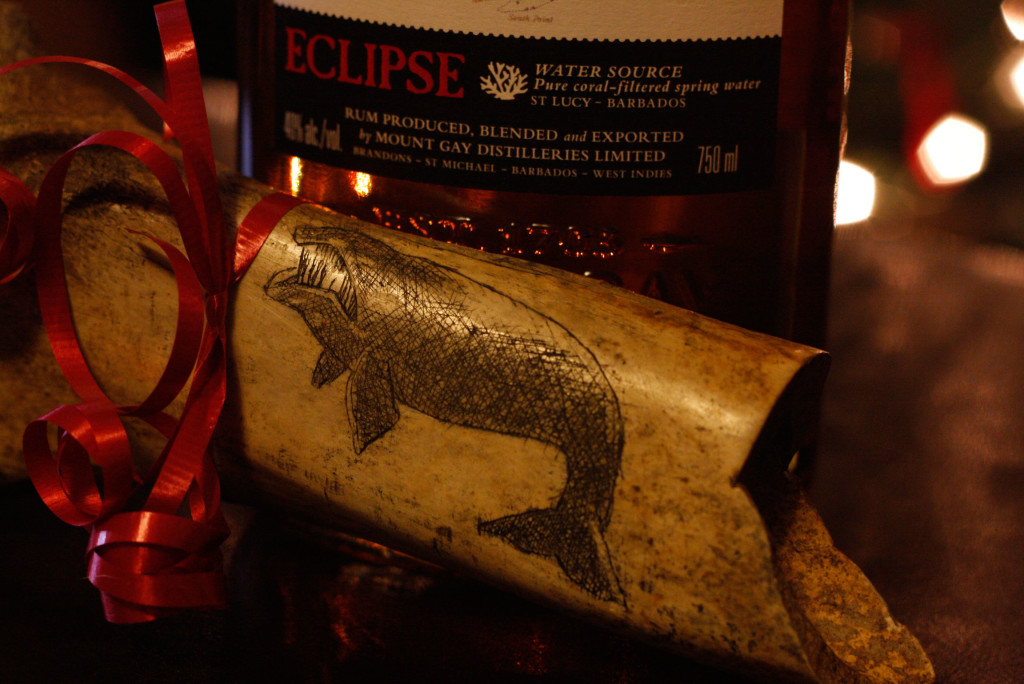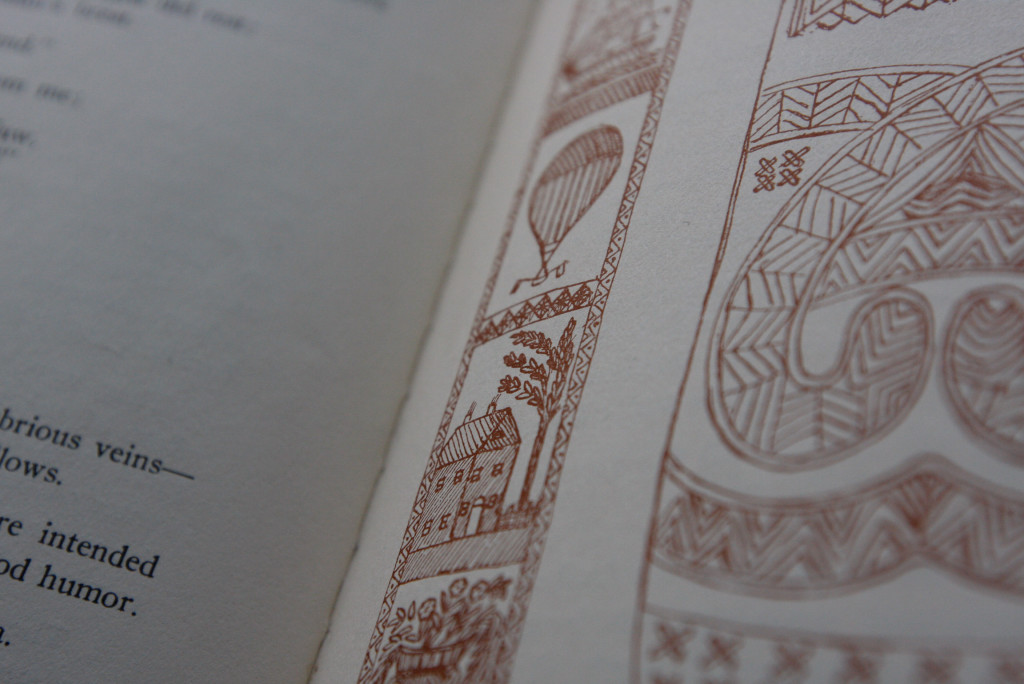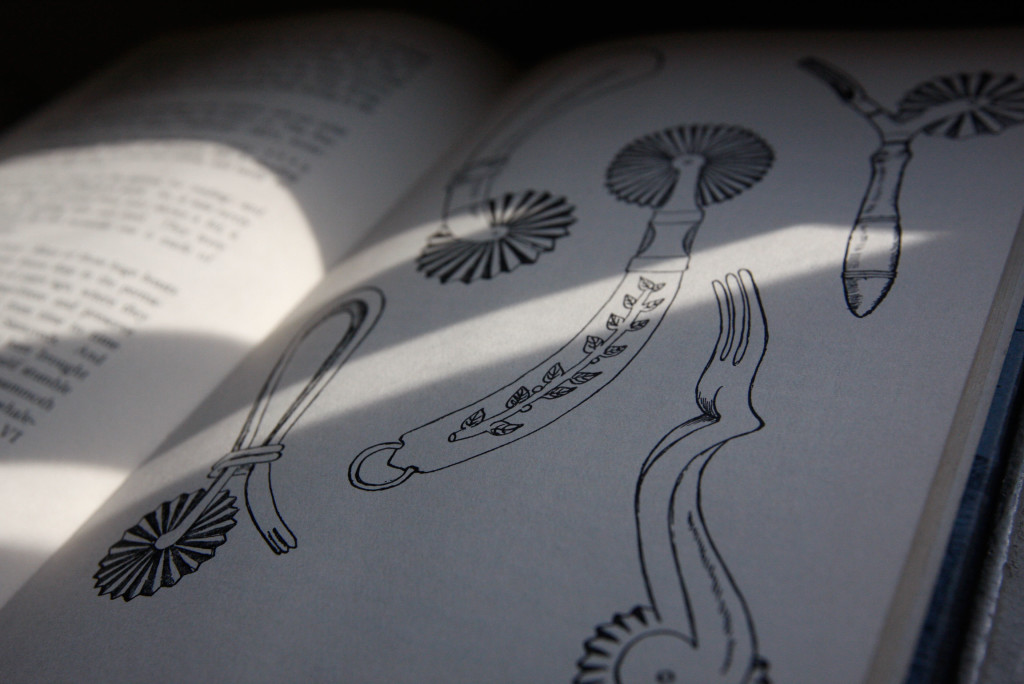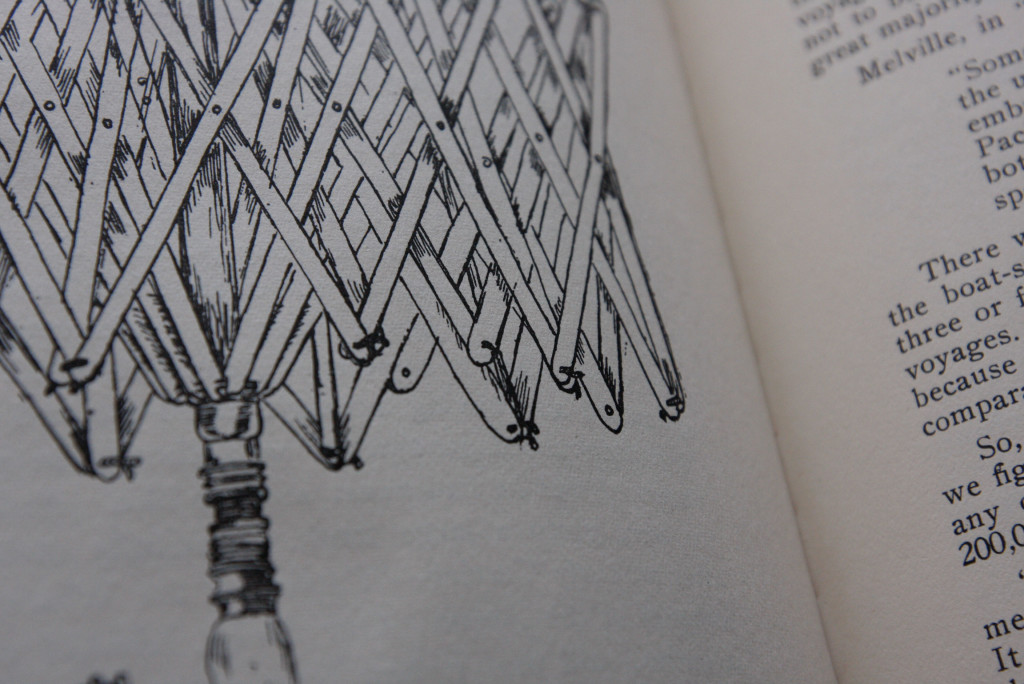Have a drink with: Yankee Whalers
Amazon Wish List: a dead whale or a stove boat.
Ask them about: holiday shopping
Ron Howard’s new movie In the Heart of the Sea, a film adaptation of Nathaniel Philbrick’s excellent book of the same name, tells the story of the Essex, a Nantucket whaler rammed and sunk by a whale in the Pacific Ocean, and of her crew grimly struggling for survival miles from anywhere.
So whaling is a hot topic right now, and I am all about that. I could talk to you about whether Melville aped the Essex tale when creating Moby-Dick, what it feels like to take a Nantucket sleigh ride, or even whether or not the Essex crew’s fear of fierce cannibal islanders was legitimate (short answers: a little; waterskiing on your face; not really).
But let’s face it, it’s the holidays, and you are no doubt wondering to yourself: what’s the perfect gift for that special person in my life? Wonder no more: the Yankee whaler’s gift guide knows exactly how to get your presents on-trend for 2015.
Waist Training. Oh, sure, the Kardashians are all about elastic waist training belts all of a sudden, but if you want to slim down the 19th century way, get yourself to Busks R Us, stat. You’ll lose inches instantly! Also liver function.
A corset busk is a long, flat piece of wood or bone that looks like an oversized popsicle stick and works to stiffen the front of a corset. Whalemen would carve them with pictures, vignettes or messages and give them as gifts – but since the busk by definition went into a lady’s most, ahem, intimate apparel, it was a gift best suited for fiance, wife or mother.
While corseting was popular practice in the 19th century, the February 1842 issue of The New-York Visitor and Lady’s Album, which the cover proclaims to be “Decidedly the Cheapest Periodical published in the United States,” speaks out against the practice:
“The very unnatural, ugly, and pernicious system of tight lacing, now – more than ever – conspicuous in the forms of our young countrywomen, is an evil of such magnitude, that it is the duty of every writer who can obtain the ear of the public, to represent the matter in all its terrors…Young ladies think that young gentlemen admire a wasp-like taper waist, life [sic] a reverse sugar-loaf; they consequently turn a deaf ear to their real admirers. Heaven help the taste of young gentlemen – if such there be – who doat upon an unyielding wooden form, like the arm of a tree, rather than the graceful plaincy of an uncompressed nature!”
Picture-Perfect Pies. No matter what the Internet says, do not show up to a holiday party with a glitter beard. Bring pie. Everyone loves pie. Plus, if you bake with one of these neat wheels, and not only will your host love you for keeping their carpet sparkle-free, you can blow up Instagram with your baking humblebrag AND a mermaid hashtag.
A jagging-wheel was an ingenious kitchen tool often carved from bone or ivory by skilled whalers – imagine a rolling pizza cutter, put a zig-zagged crimp in the wheel, and perhaps add a point or fork coming out of the handle. The revolving wheel would be used to roll uniform, attractive patterns into pie crusts or cookies, and the fork as a baking tester or tool to dock pie dough. Since jagging wheels required carving skill and moving parts, they were and are considered special pieces, difficult to make and valued highly. Many were made with decorative handles or special motifs (#mermaid).
Steampunk Cowl Knitting. Do your friends like to knit cowls with adorable fox ears, or are they that couple who pretend Victorian culture did not so much die as retire to Washington state, of all places? It’s swift time.
Even more so than jagging wheels, swifts represented the show-offy pinnacle of decorative whaling artistry. A yarn swift is an expandable, cage-like umbrella frame that adjusts to hold skeins of yarn so they can be wound into balls – and in the whaling world, a swift would be built from dozens of thin ribs sawn and polished from the flat portion of a whale’s jawbone (aka panbone), held together with thread, rivets and hardware. They’re beautiful, delicate, incredibly intricate objects that could take years to create.
TOOTH, Mofo. Whale tooth. <mic drop> Time for nog.
Fun Facts:
Whales were hunted primarily for their oil, which was the most profitable commodity they offered in the heyday of Yankee whaling. Bone, teeth and baleen were incidental products thanks to use in occupational arts (scrimshaw), cosmetics (ambergris for perfume) and practical crafts (umbrellas, corset boning). The bulk of the whale – that is, the meat – was actually the least desirable portion and was typically discarded for lack of space or marketable use.
Whalemen had a lot of free time given the nature of a whaling voyage, which consisted of large stretches of quiet punctuated by intense bursts of hunting and processing whales. Scrimshaw was one of many ways whalers could pass the time, and it made use of otherwise unusable or not comparatively valuable products — tooth, baleen and bone. In artistic and historical terms, the tie to the sailor is crucial: scrimshaw by definition is an occupational craft, not an artistic vocation, and it represents a tool of social and historical interpretation as well as a unification of art and functionality.
The film version of In the Heart of the Sea infuriatingly, and to the story’s detriment, presents Herman Melville as a cast member (played by Ben Whishaw, Q of Bond fame). In reality, Melville wasn’t on the Essex, but he did spend time at sea on the whaleship Acushnet out of New Bedford and applied a lot of firsthand knowledge in writing his novels – from descriptions of whaling tools and practices, to accounts of life in the South Pacific (he jumped ship from the Acushnet in the Marquesas Islands).
Speaking of Melville, Moby-Dick was probably an amalgam, drawn not only from the story of the Essex and Melville’s own experience, but also a real-life white whale nicknamed “Mocha-Dick” who wreaked havoc on mid-century Yankee whaling ships. The then-popular account of the whale’s hunting and death (punctuated by the cranky cries of a drunk seal hunter who insists sealing is WAY cooler than anything the narrator is talking about) describes the white beast’s back full of old broken harpoons, just as Melville did.
On corseting: there’s been plenty of coverage about how corseting wreaked havoc on women’s bodies, but modern advocates maintain that, properly applied, a corset can help with everything from scoliosis to self-esteem. Most people – burlesque queens included – think the waist-training fad is pretty silly, though.
Additional Reading:
In the Heart of the Sea, Nathaniel Philbrick
Stuart Frank’s Ingenious Contrivances, Curiously Carved: Scrimshaw in the New Bedford Whaling Museum is hands-down the best book you can find on scrimshaw, and gorgeous too.
A Treasury of American Scrimshaw, Michael McManus
The Loss of the Ship Essex, Sunk by a Whale, Thomas Nickerson, Owen Chase et al.



